Ten years ago today, Jim Risch was a governor in a hurry.
Appointed in May 2006, Risch was halfway through a seven-month term when he convinced the Legislature to sign off on one of his top priorities.
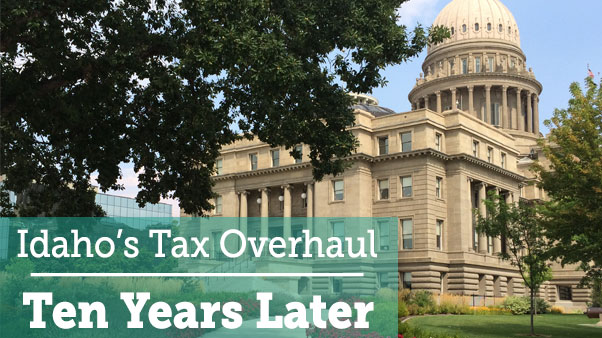 Risch’s bill to slash property taxes for public schools by $260 million passed on Aug. 25, 2006, at the end of a one-day special legislative session.
Risch’s bill to slash property taxes for public schools by $260 million passed on Aug. 25, 2006, at the end of a one-day special legislative session.
The tax overhaul, House Bill 1, forced schools to rely on state sales and income taxes for a larger piece of their budget pie. Critics say the law left schools vulnerable to the ravages of the Great Recession that followed; when state tax collections dropped, so too did state funding for K-12. Ultimately, the Risch plan did cut property taxes. But because of its built-in sales tax increase, it provided no real tax relief.
Now a U.S. senator, Risch stands by his plan. He says it addressed the public’s unrest over property taxes — a sentiment that had been building up long before the 2006 special session.
“I had always felt the wrath of the Idaho taxpayer against property taxes,” Risch said in a recent interview.
A decade later, opinions on both sides of the 2006 debate remain as strong as ever.
State Sen. Shawn Keough, R-Sandpoint
Keough’s legislative district sits on the Canadian border, and is as far removed from the Statehouse as any in Idaho.
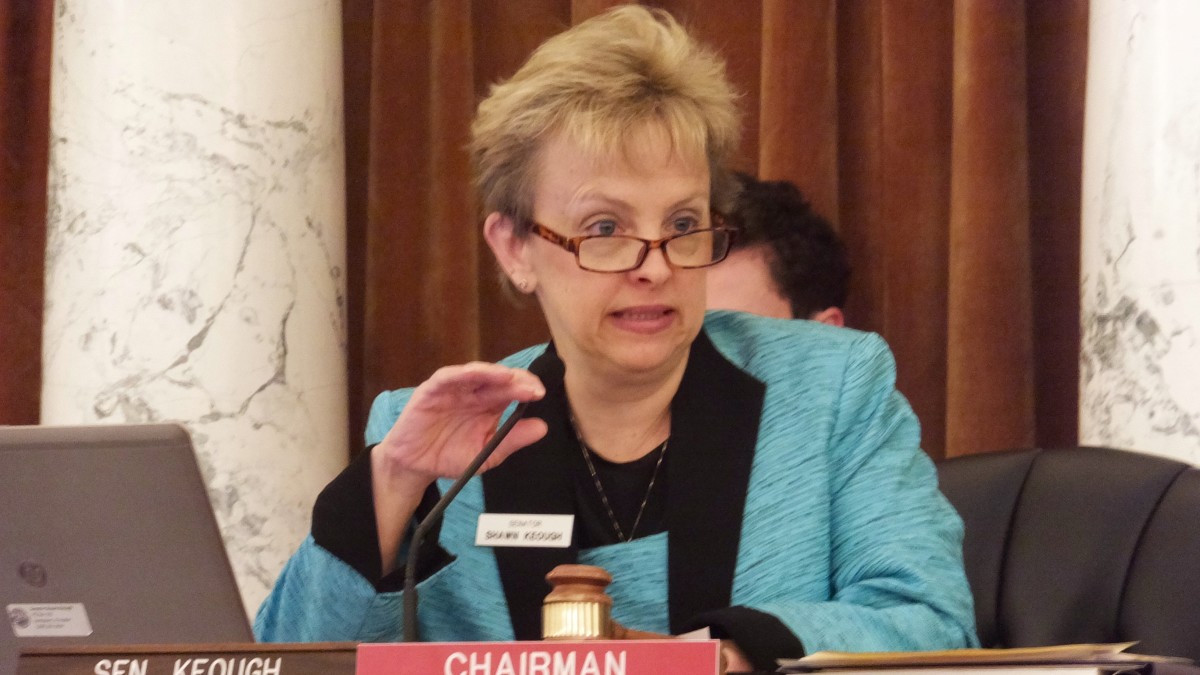
But a decade ago, geography placed Keough at the center of the property tax debate.
From 2004-05 to 2005-06, market values in Sandpoint’s Lake Pend Oreille School District skyrocketed by 27.3 percent — even exceeding the statewide increase of 14.6 percent. Keough’s constituents were demanding tax relief — and vociferously. During a heated 2005 legislative field hearing in her hometown, she slipped off one of her navy-blue pumps and fashioned it into a makeshift gavel.
When the regular 2006 legislative session opened in January, Keough was among the lawmakers who openly criticized then-Gov. Dirk Kempthorne, who offered no proposals to address property taxes.
Come August 2006, Keough was among 24 Senate Republicans to endorse House Bill 1. She debated in favor of the bill that evening, and still believes it was a good idea.
House Bill 1 took $260 million in school property taxes off autopilot, she said. And she is not surprised that voters in dozens of school districts have elected to pass new or increased supplemental tax levies. The law gives voters a chance to make these decisions, and forces local school administrators to present a compelling case.
“Property taxpayers will vote to tax themselves if they think it has merit,” she said.
Rob Winslow, executive director, Idaho Association of School Administrators
Winslow was newly hired by the IASA in the summer of 2006, as buzz about Risch’s proposal began to intensify.
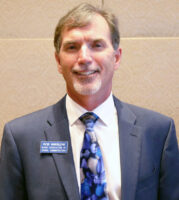
It was Winslow’s job to put together a delegation of administrators to come to Boise, meet with Risch and state their case against his plan.
Winslow recruited superintendents from across the state; some North Idaho administrators flew to Boise for the meeting.
The meeting did not produce the dialogue Winslow wanted. He says Risch was emphatic: He said his mind was made up, and assured the group that school budgets would be protected.
“At least he could have said, ‘Hi,’ or, ‘Thanks for coming,’” said Winslow.
IASA was not persuaded. Winslow’s group remained opposed to the bill through the summer, saying it would destabilize the school funding system. Winslow believes history proved them correct. When the Great Recession forced legislators to cut school budgets for the first time in state history, Winslow’s membership was forced to go back to local voters for levies.
State Sen. Clifford Bayer, R-Boise
As Risch was working on his bill in the summer of 2006, he was also engaged in another math exercise. Before calling a special session, he wanted to be sure he had the votes to pass his bill.
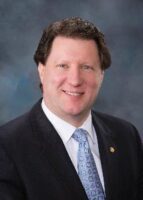
At one point, it was Bayer’s turn for a meeting with the governor. It was a brief meeting, Bayer said, and Risch asked for the Boise Republican’s support.
Even though Bayer was only finishing his second House term, he recognized the political realities. Legislative leadership was aligned with Risch. In a special session, lawmakers would have little chance to amend the bill or offer alternatives.
Under those circumstances, Bayer signed on.
He had some concerns. House Bill 1 would add a sixth cent to the sales tax, and Bayer wanted to increase the grocery tax credit to provide some help to low-income families. The grocery tax credit would become one of Bayer’s priorities for several legislative sessions to follow.
He saw the sales tax increase as a done deal too. In 2003, during an economic downturn, Idaho raised its sales tax rate from 5 percent to 6 percent. The rate reverted to 5 percent in 2005. But the conventional wisdom at the Statehouse held that was only a matter of time before lawmakers would restore that “temporary” penny of sales tax.
“(This) was an opportunity for property tax relief,” said Bayer.
Robin Nettinga and Matt Compton, Idaho Education Association
The IEA had plans for that sixth cent of sales tax. By the summer of 2006, the teachers’ union and its allies had an initiative on the November ballot. The initiative would dedicate a penny of sales tax — or an equivalent amount of revenue — to public schools. Unlike the Risch proposal, the IEA initiative would have left the school property tax levy intact.
The initial polling looked favorable, they said. But House Bill 1, and its plans for a sixth cent of sales tax, changed the dynamic.
“(Risch) kind of sucked the life out of that campaign,” said Compton, the IEA’s public policy director, who was coordinating volunteers for the initiative in 2006.

Nettinga and IEA staffers continued their push. But with the sixth cent of sales tax spoken for, supporters had to sell their plan differently. They had to explain that the new $210 million could come from another source, not necessarily the sales tax.
“The conversation became much more complicated at the door,” said Nettinga, the IEA’s executive director.
The initiative failed, receiving 45 percent of the vote.
Tim Hill, State Department of Education
When lawmakers and education leaders have a question about the byzantine complexities of Idaho’s school funding formula, Hill is their go-to source.
He has been the State Department of Education’s resident finance expert for 19 years — and he was there for the summer of 2006.
Hill recalls getting angry phone calls from Blaine County School District patrons. They were upset because House Bill 1 allowed Blaine County and three other property-rich districts to continue collecting its old property tax levy. The idea was to protect these districts’ funding base — but it also left patrons paying a new sales tax on top of an old property tax.
Callers demanded that Hill fix the law. Hill told them that wasn’t his job. So instead, he tried to explain the law to them.
The impacts of House Bill 1 are hard to isolate, Hill said. After all, the Great Recession also had a profound effect on school funding. That hasn’t stopped critics from blaming House Bill 1 for the fiscal problems facing schools — but Hill isn’t convinced.
“I personally don’t believe that,” he said.
Rep. John Rusche, D-Lewiston
When it came down to votes on Aug. 25, 2006, Risch had ample support in the House and Senate. A smattering of Republicans opposed House Bill 1, some more vocally than others.
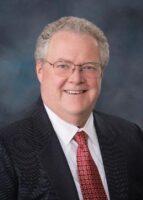
But much of the loyal opposition came from outnumbered Statehouse Democrats. All but one opposed House Bill 1. As the one-day session stretched into Friday evening, Senate Democrats protested the hurried process by forcing clerks to recite the bill on the Senate floor.
Rusche, now the House minority leader, was among the Democrats who voted no.
He believes the Democrats’ prophesies came to fruition. Eliminating $260 million in local property tax levies placed a heavy burden on poorer districts that cannot — or will not — go to voters to seek supplemental levies.
The premise of House Bill 1, and its promise of tax relief, had some appeal with Rusche’s constituents. And he says he would have supported a bill that targeted tax relief in the right places — not a bill that provided much of largesse to businesses and vacation homeowners.
“Who won in that tax shift?” he asked.
Sen. Chuck Winder, R-Boise
Winder wasn’t in the Legislature 10 years ago; he wasn’t elected until 2008. But as a businessman working in commercial real estate, he was no stranger to the property tax issue. He didn’t doubt the sincerity of House Bill 1’s supporters, but he questioned the bill’s mechanics.
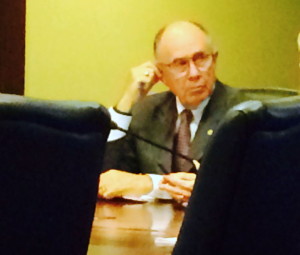
“I guess at the time I wasn’t very supportive of the idea,” he said.
Now, as a four-term senator, Winder has inherited one of the tallest tasks facing the Legislature. He is co-chairing a legislative interim committee that will try to rewrite the state’s school funding formula, last updated in 1994.
Since 2006, Winder has softened his position on House Bill 1. He doesn’t see the state going back to the property-tax dependent system that existed before 2006 — even though the spate of supplemental levies accomplishes much the same purpose. His primary concern is ensuring a stable funding structure.
“Is there a way without a property tax base to provide stability? Probably.”
Wendy Johnson, Kuna School District
In Kuna, a supplemental levy used to be exactly that: supplemental. The district passed one levy in 1993, to pay for new textbooks. After it expired, Kuna did without a supplemental levy for years.

That changed in 2009-10 — after House Bill 1 passed, and in the heart of the recession. Voters in the bedroom community district passed a $1.1 million supplemental levy, enough to pay for school resource officers, safety aides and crosswalk aides, and head off “pay-to-play” extracurricular fees.
Kuna’s story is hardly unique. In 2006-07, 59 school districts collected a supplemental levy. By 2015-16, that number reached 94.
In her three years as Kuna superintendent, Johnson has seen the ups and downs that comes with a reliance on supplemental levies. Her district had to endure two contentious levy elections in 2014; a two-year, $6.38 million levy failed in March and passed in May. Now, in the face of rising enrollment — and the prospect of floating a bond issue or plant facilities levy in March — she made the “scary” decision of letting the supplemental levy expire in 2016.
Relying on supplemental levies fundamentally changes an administrator’s job, she says. A superintendent has to spend more time thinking about how to pitch the next levy, and has less time to concentrate on student achievement.
“So much of my work has been turned toward funding,” she said. “It became a part of what we had to do.”
Lt. Gov. Brad Little
In January 2019, Little hopes to be exactly where Risch was in August 2006. Long viewed as a gubernatorial candidate in waiting, Little is the first announced candidate for the 2018 governor’s race. (A former Senate colleague, Meridian Republican Russ Fulcher, jumped into the race Wednesday.)
Idaho’s next governor is likely to inherit a tax system that was reshaped by House Bill 1.
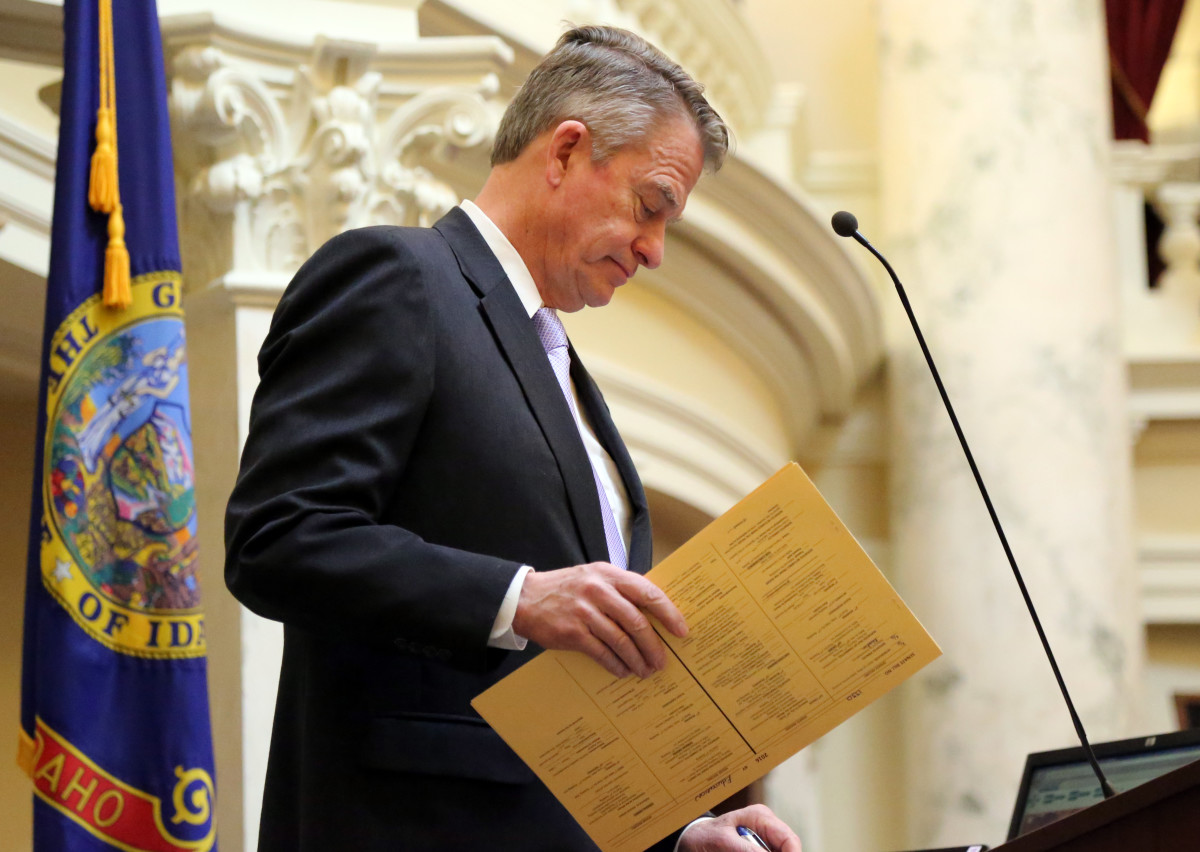
As a state senator, Little voted for House Bill 1 in 2006. It wasn’t a perfect bill, Little concedes. Even at the time, Little was worried about shifting more public school funding onto a volatile sales tax.
Little, an Emmett Republican, believes his vote and Risch’s proposal need to be judged in the context of the moment.
Like Keough, Little heard the message from property owners loud and clear. Something had to change. And if the Legislature didn’t act, he said, Idahoans would impose change. Little believed anti-tax activists would take another run at passing an Idaho version of Proposition 13, the 1978 initiative that limited California property tax rates to 1 percent.
“We were going to have a property tax revolt,” he said.
Former state Rep. Steve Smylie, R-Boise
House Bill 1 would be Smylie’s last vote as a legislator. Earlier that year, Smylie gave up a seat in the House to seek statewide office; that May, he narrowly lost in a three-way primary race for superintendent of public instruction.
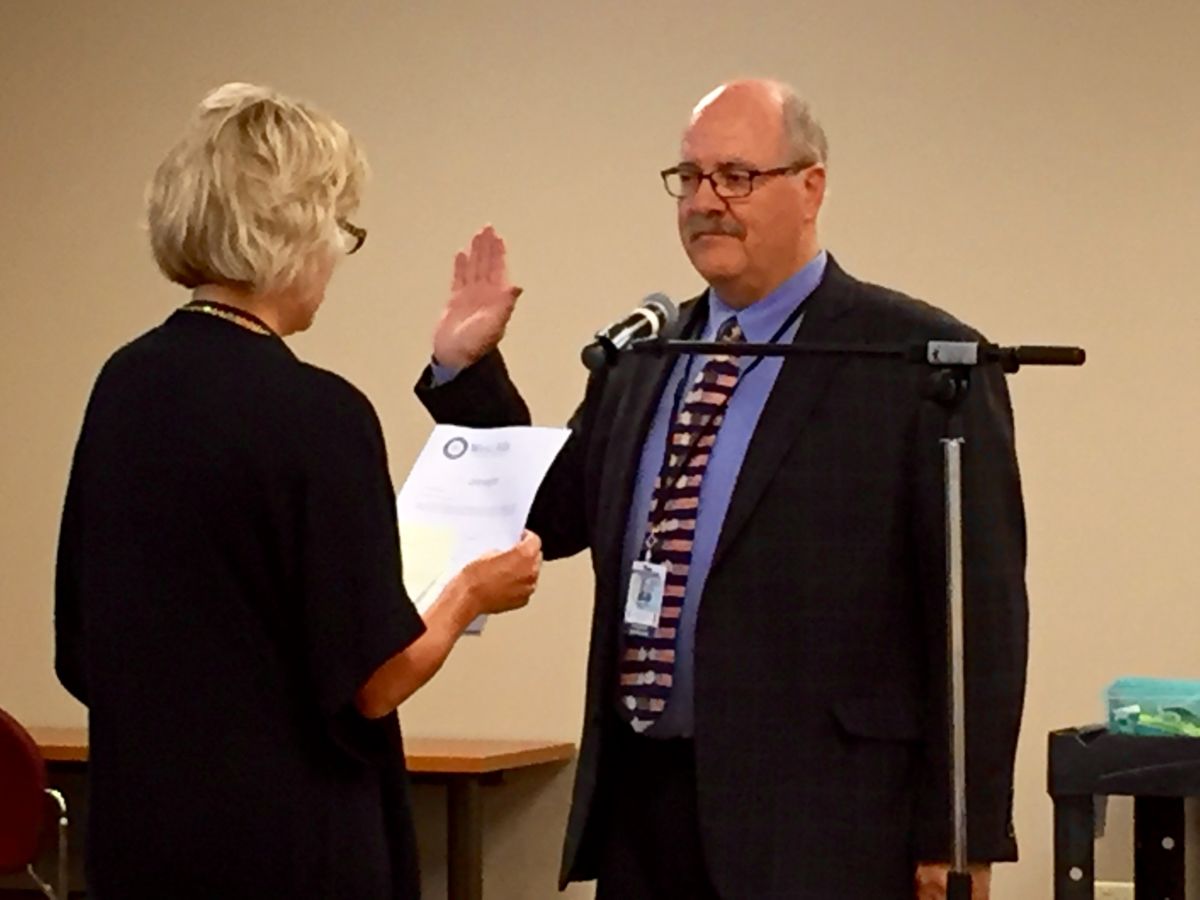
He said he received some pressure to vote for House Bill 1. But he elected to join 12 Democrats and 10 Republicans in opposing the bill, which passed the House 47-23.
The math of House Bill 1 troubled Smylie. The proposal started out upside down to the tune of $50 million, since it contemplated replacing $260 million of property taxes with $210 million in sales taxes. And when the economy turned, the pressure on schools intensified.
Smylie sees that pressure from a new point of view. In June, Smylie was appointed to a vacancy on the West Ada School Board. West Ada, the state’s largest school district, uses a $14 million supplemental levy to help balance a tight budget.
Smylie is careful not to speak for his new colleagues, but he isn’t shy about expressing his concerns. The supplemental levy expires in 2017. If anything, West Ada’s growth pressures are more profound than Kuna’s; the district might need to pursue another building bond issue soon, and seek to renew its plant facilities levy. This puts a strain on a supportive community.
“You worry: How many times can you go to the well?” Smylie said. “The reality is, there are very few options that the school districts have.”
U.S. Sen. (and former Gov.) Jim Risch
The decade-old debate over Risch’s House Bill 1 invariably becomes a numbers game. Did the change really provide tax relief? Did it help or hurt schools? Did it create winners and losers among Idaho’s 115 school districts?
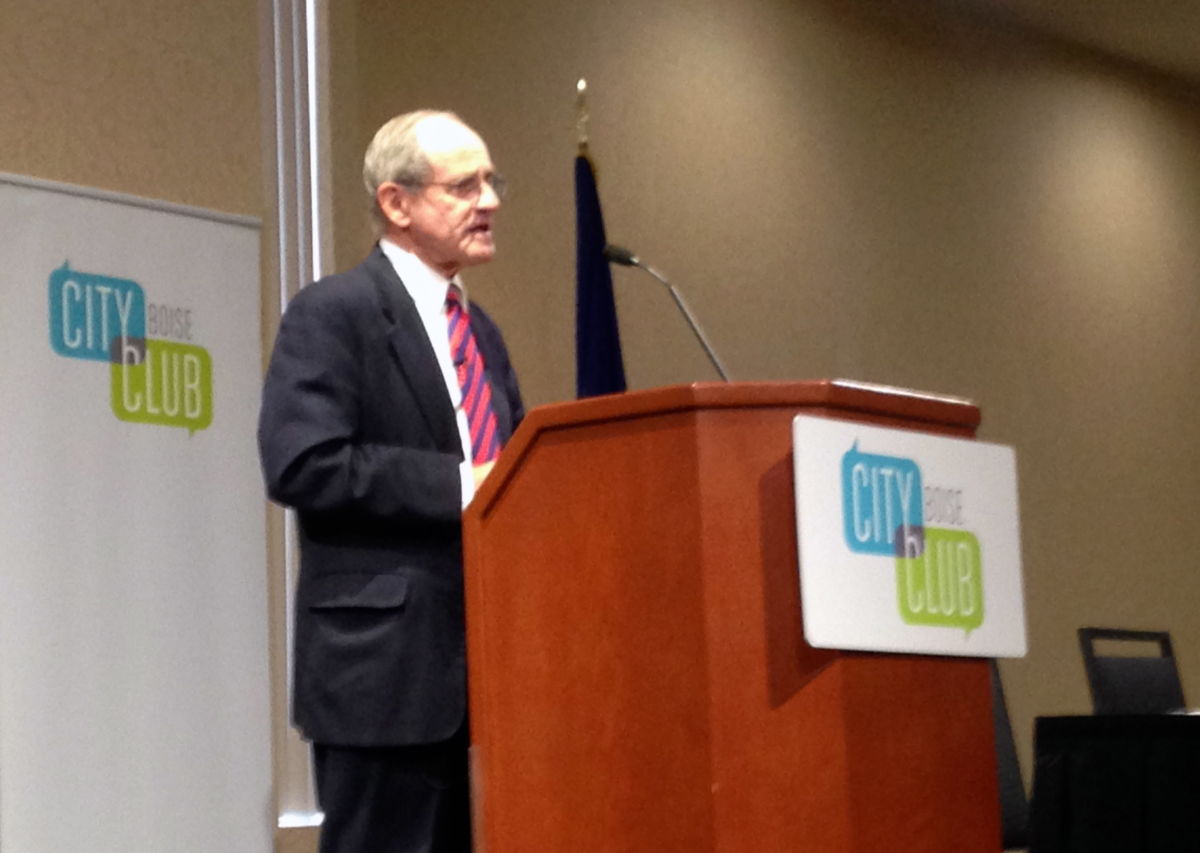
When Risch discusses House Bill 1, he shifts the focus to another group of numbers.
In November 2006, Idaho voters were asked to weigh in, after the fact.
The wording of the advisory question, as it was put to voters: “Should the state of Idaho keep the property tax relief adopted in August 2006, reducing property taxes by approximately $260 million and protecting funding for public schools by keeping the sales tax at 6 percent?”
The results were resounding — and Risch loves to revisit them. The advisory question received a 72 percent yes vote. It passed in every legislative district and precinct, Risch fondly points out.
Voters have every right to repeal House Bill 1, Risch said, and return to the tax structure that existed before August 2006. But he wouldn’t count on it.
“I’m willing to bet that you will never see it go back,” he said.
This series at a glance
Tuesday: Why we took a deeper dive into the tax shift
Wednesday: Tax shift of 2006 adds up to a tax increase
Wednesday: What the 2006 overhaul did to taxes in your district
Thursday: The 2006 tax shift still divides Idaho leaders
Thursday: Who supported House Bill 1, and who didn’t?
